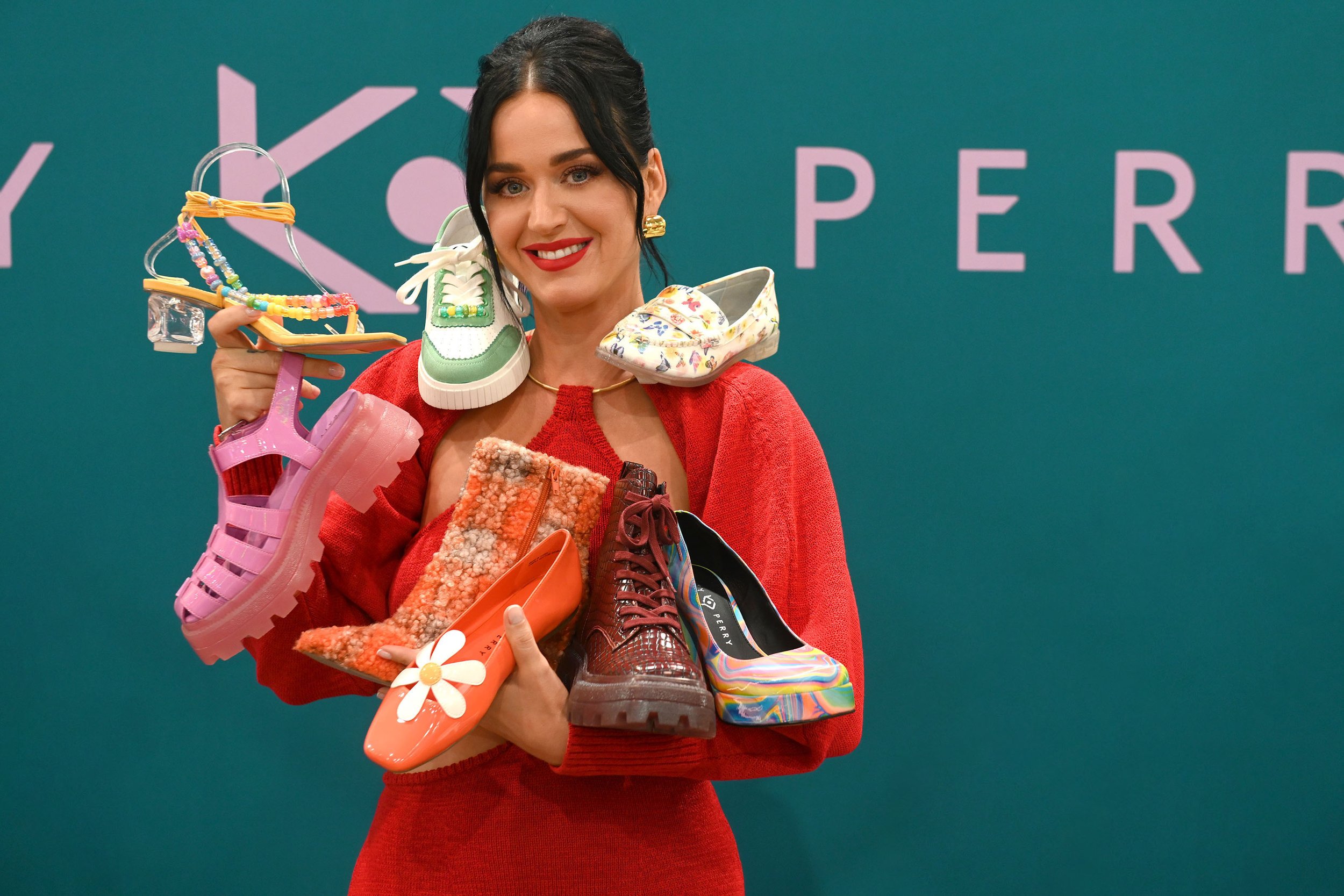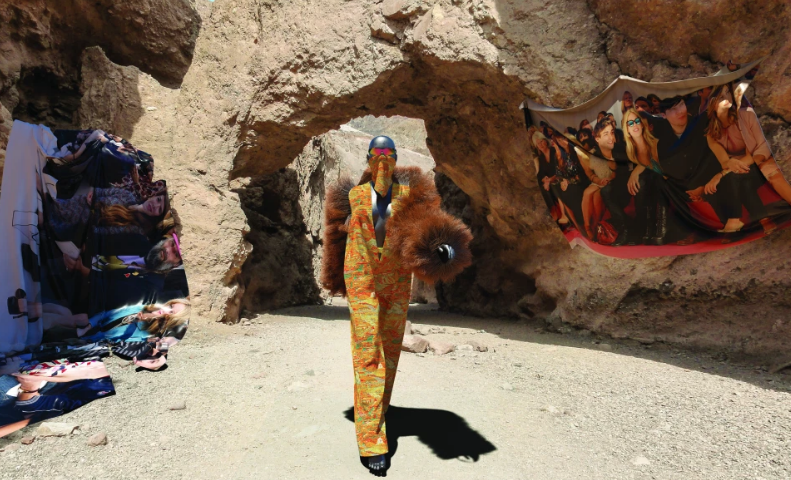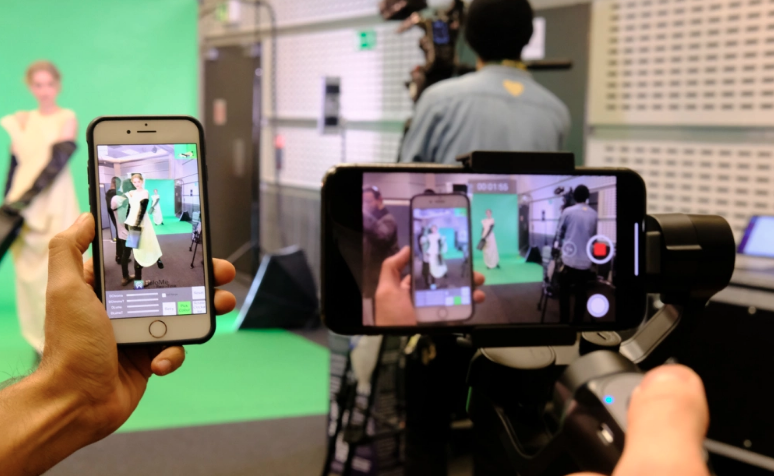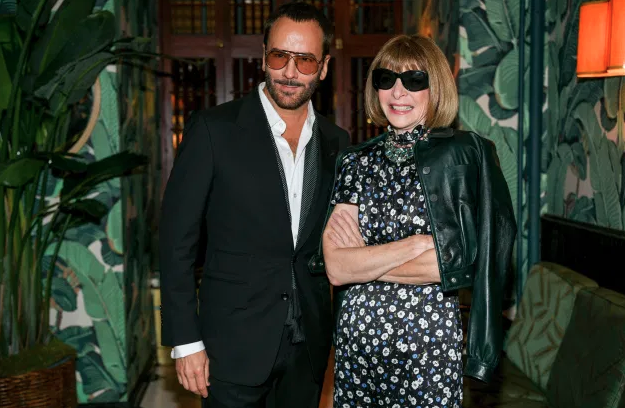One thing is clear, this pandemic is not only reseting it’s also changing, evolving and developing the way we function professionally. On the other hand, it is unclear of the direction fashion designer will adopt when presenting their new collections. Remember when Viktor & Rolf went runway digital for Spring 2009? Is this the future of fashion shows? We, personally, love the energy and excitement of watching live runway. It’s about the experience, right? It’s a controversial topic. In the article below, WWD dives in deeper into the matter:
Fashion is finally hurtling toward digital shows.
No need to shell out thousands for a great mixed-reality headset just yet. But make no mistake: Fashion needs to get up to speed, quickly, with alternatives to IRL fashion shows as the coronavirus pandemic scuttles international fashion weeks, laying bare the pitfalls of physical prototyping and large gatherings.
So recommend pioneers of digital fashions and models, whose inboxes are bulging with inquiries as brands and designers mull alternatives to the usual 15-minute runway romp.
“People are beginning to question the reason for a physical show and the value of a physical show when the technology exists to reach a much bigger audience through a digital space,” commented Matthew Drinkwater, head of the Fashion Innovation Agency at London College of Fashion.
“It’s a very new business. It’s about how you utilize all the digital channels that exist, and how you connect all those together,” Murphy added.
Unable to proceed as normal, Shanghai Fashion Week recently unfurled its first digital edition, hinged mainly on livestreams of modeling, discussions and QVC-like selling segments, while Helsinki Fashion Week, which has a sustainability bent, just revealed its next edition in late July will move to cyberspace, including virtual reality experiences.
While experts agree the sky’s almost the limit with current digital capabilities, most fashion brands are likely to focus on simpler solutions like livestreams.
Since men’s fashion weeks in New York, London, and Paris have been scuttled for June — Italian men’s designers plan to move their shows to the women’s fashion week in Milan in September — as has the couture week in July in the French capital, brands have yet to indicate contingency plans.
“Livestream to me is a tiny little baby step toward what digitization means. It doesn’t innovate,” lamented Murphy, who specializes in digital clothing, which people can take for a trial run this month on his beta site digital.fashion. Ten thousand visitors can quickly create an avatar of themselves, try on virtual garments and strike a pose.
Drinkwater suggested adding an augmented reality layer to livestreaming. Last year, LCF did just that with its MA show: Before models stepped onto the catwalk, they moved in front a green screen and that was broadcast live to devices globally. Viewers could view the model in whatever setting they were experiencing in real time: a street-scape, living room, or snowstorm.
“We did that as a closed test, on a few devices as it was leading-edge technology,” Drinkwater said in an interview. “That has the potential to scale up to millions of people around the world,” especially as 5G mobile networks become more common.
Further along the technology spectrum, designers still creating physical prototypes can capture a realistic 3-D scan of the garment on a mobile phone, which takes about two minutes to accomplish “and then you can virtually try that garment on elsewhere,” Drinkwater said. “You could begin to get to the place where it becomes simple to create and place 3-D models into AR, VR and mixed-reality options.”
He noted during the last fashion season, designers including London-based Steven Tai experimented with “interactive look books,” allowing buyers to view garments via 360-degree videos.
According to Murphy, the digital space allows for complete freedom to rethink the look and feel of all online channels, noting e-commerce is visually “boring” with garments laid flat or on hangdog models standing against a white background.
“Why can’t the e-commerce experience actually be the catwalk experience? It think that’s the future of e-commerce — it’s connecting those two different touchpoints and making a unified experience out of it,” he said.
Murphy’s firm has made digital clothes for clients including Puma, A Bathing Ape, Tommy Hilfiger and Soorty, a sustainable denim mill. These are used mainly for marketing and communication purposes, but The Fabricant has also sold a digital-only couture dress for $9,500.
He forecasts wider adoption of avatars and digital clothing purchases as our online identities become more important. He pointed to popular memes showing how people portray themselves very differently: trendy for Instagram, casual in Facebook and serious for LinkedIn. Why not a digital Zegna suit for the latter, and something sporty and casual for the former platforms?
“It’s just a transformation that’s happening, and it’s moving towards the digital space,” Murphy said. “Older consumers won’t care. The younger consumer is completely sold already and would rather spend their money on buying skins on game night than going to the store to buy clothing for their physical lives. It’s gonna be a generational change.”
He noted that Fortnite, one popular online game, has generated up to $300 million in a month, with about 60 percent of revenues coming from “skins,” the clothing worn on games.
Murphy stressed that digital won’t completely replace physical fashions, stores or experiences, but “add value to and transform our physical lives.”
A diverse cast of striking digital models are at the ready to walk virtual runways, thanks to Cameron-James Wilson, a photographer who founded The Diigitals, an avatar agency that’s home to Shudu, billed as the world’s first digital supermodel.
Wilson thinks the industry is still three to five years away from wider adoption of 3-D design methods, and using digital models is “not any easier or cheaper at the moment.” But he wanted to be be ahead of the curve because “it can be very hard to inspire fashion brands to adopt the 3-D process without showing them the end result,” he said.
The Diigitals is expanding and diversifying its roster of avatars, and developing demos for social media channels — one to show what future runways might look like, projecting the technology into the future. “We’re like the ‘Black Mirror’ of fashion in a certain way,” Wilson said, referring to the Netflix series that projects how technology might change our lives in the not-to-distant future.
These digital proponents cited multiple barriers to wider adoption of digital fashions, the most overriding one being that fashion remains tethered to traditional manufacturing and showcasing methods, and lacks the skill sets for more digital creation.
There is also some trepidation about the ability of digital alternatives like virtual reality to convey the emotion stirred at the best live fashion experiences.
Students at LCF are working with 3-D design software — primarily Browzwear, Optitex and clo3D — and wider adoption of these tools will lead to an enormous shift. “The benefits of working in 3-D are really so significant the industry simply can’t ignore it. There is so much waste in physical prototyping,” Drinkwater argued.
What’s more, technology allows anyone to “create virtually things that are physically impossible to create. If you are creating a show in virtual reality, you have no physical restrictions on the way in which you create the environment, and you’re able to present your brand in a way which completely amazes and astonishes consumers. This is the opportunity that the industry should be seizing upon, rather than going into defensive mode.”
Beyond 3-D design, the fashion industry could look to the movie and gaming industry to acquire talents in VR, computer-generated imagery and compelling storytelling, Drinkwater recommended.
He pointed to closer collaboration between those industries and fashion in recent years, with Nike and Louis Vuitton collaborating with the games Fortnite and League of Legends, respectively, and also selling skins and digital shoes as an additional revenue stream.
Evelyn Mora, founder of Helsinki Fashion Week, said it will take time for the fashion sector to learn how to interface with the tech and digital industries.
“There is a language barrier here,” she said. “It takes a long time to make an avatar, it takes a long time to digitize something well.”
In a broader sense, fashion and luxury companies tend to be perfectionists, and not used to trialing, failing and moving on, as start-ups and high-tech firms do.
“Luxury ones are hardest to change because they’re so comfortable in the way things are right now,” said Murphy.
Indeed, in order for fashion to pivot, “the digital experience needs to be better than the physical experience, otherwise people are not going to want to change,” he said.
While few brands and designers are likely to make the full leap to digital, Murphy said all could invite a 3-D designer to collaborate with a traditional one “and see where that goes. To create that culture is challenging, and it requires people willing to take risks.”
The last-minute nature of designer collections has been another barrier to digital adoption. Murphy said he was approached last year by a luxury brand keen to do digital renderings of its 43-exit collection — asking three days before the runway lights were to go up. The time required to create high-quality digital imagery would not allow him to do even one look to his satisfaction. Discussions continue with the brand, Murphy noted.
Wilson suggests designers and brands reproduce some garments in 3-D to get a feel for how they look and function, “But there are only so many baby steps you can take before you make that big leap.”
They can also turn to any number of companies that advise brands on 3-D transformation such as PixelPool, PI Apparel or Stitch, the tech incubator Hilfiger founded in 2018 to speed its transformation.
“You can either be late to the party or you can do it now,” Wilson said. “The barrier is that you have to change your workflows almost completely if you’re moving into 3-D.”
Murphy said digital fashion shows are not cheap, and could easily run into seven figures. But for 250,000 euros, “you can have an amazing digital fashion experience that fits on multiple channels.”
Asked if the viewing audience for fashion shows possesses the right equipment to consume digital ones, Drinkwater said, “In the short term, mobile devices present the largest opportunity simply because of their ubiquity, and their ability to deliver really compelling augmented reality.”
He notes VR goggles are becoming less expensive and more commonplace, with Oculus Quest shifting about a half a million units in the last six months.
While mixed-reality or MX headsets are capable of producing life-size holograms and mind-blowing visuals, those remain expensive — most in the $2,000 to $3,000 — “so it’s still a very small market,” Drinkwater said, noting such equipment is more likely to used for B2B applications.
Several designers dabbled with alternatives to physical shows in the recent past.
Public relations and production firm KCD introduced a Digital Fashion Show Platform in 2012 as an alternative to live shows, the first season exclusive to Prabal Gurung’s collection for Onward Kashiyama’s ICB. It was used primarily to showcase secondary lines, and as a B2B tool: See by Chloe, Pierre Balmain, and Pedro Lourenco were others to try in the next year or two, and then it petered out.
The platform provided all the elements of a live runway show, minus the audience and plus additional content — inspiration videos, hair and makeup inspiration — and the chance to provide feedback. According to KCD, the concept was budget conscious as it didn’t require the same number of models, or a grand location, and could reduce costs by as much as half. But it wasn’t as interactive or as consumer-facing content should be, and at a time when Instagram and YouTube were still newfangled, nascent platforms for fashion.
“Obviously technology has developed dramatically since then,” said Rachna Shah, a partner at KCD and managing director of p.r. and digital. “We are currently taking the concept and retooling it for today’s market and needs….Now digital content can go on so many channels for a brand.”
With less than two weeks since June and July fashion weeks were canceled, “everyone right now is working on finding solutions,” said Alexander Werz, co-chief executive officer of Karla Otto. “We are working on virtual reality concepts right now to support clients on many different levels as this tool can help not only for communication but also on their sales platforms.”
Mora allowed that digital fashion week’s may now seem alien, but could become commonplace. She noted that Helsinki Fashion Week was often scoffed at as that “weird hippy fashion event up north.” But it was prescient in the industry’s widespread embrace of sustainability goals and practices in the following years.
She noted that “quarantine life” has underscored how digital tools were already deeply entrenched in modern habits.
“We buy clothes online, we work online, we date online, everything is online, so why not fashion shows?” she asked.
FASHIONADO












